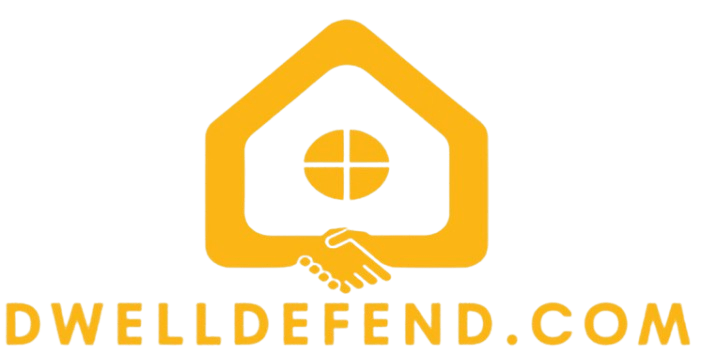How to Identify Potential Home Insurance Risks?
Home insurance is an essential shield for homeowners. However, grasping its intricacies can feel daunting.
Understanding the coverage and risks of home insurance is crucial for your peace of mind.
This guide explores common home insurance risks and offers insights on assessing your property.
It also prepares you for the claims process, ensuring you’re ready to tackle any damage or loss that may arise. Whether you’re a new homeowner or simply seeking to refresh your knowledge, this comprehensive guide will empower you to navigate the complexities of home insurance with assurance and clarity.
Contents
- Key Takeaways:
- Understanding Home Insurance Risks
- Identifying Potential Home Insurance Risks
- Mitigating Home Insurance Risks
- Preparing for Home Insurance Claims
- Frequently Asked Questions
- Q1: Find out what potential home insurance risks are.
- Q2: Learn how to identify potential home insurance risks.
- Q3: Are there common home insurance risks to be aware of?
- Q4: Can I rely on my home insurance policy to cover all potential risks?
- Q5: What steps can I take to minimize potential home insurance risks?
- Q6: How often should I review my home insurance policy for potential risks?
Key Takeaways:
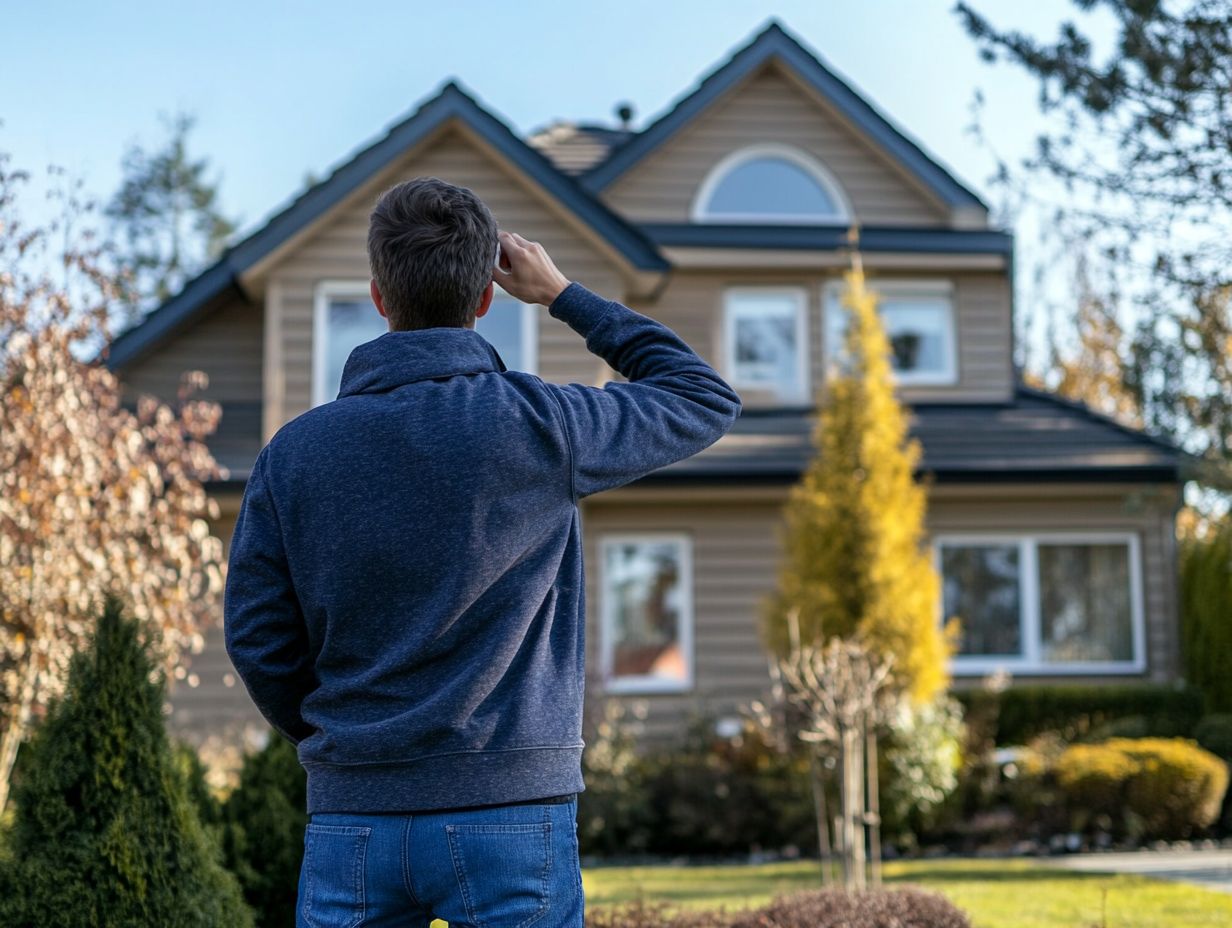
Evaluate your home and location to identify potential home insurance risks and determine necessary coverage.
Take preventive measures and regularly maintain your home to mitigate risks and potentially reduce insurance premiums.
In the event of damage or loss, be prepared to follow the proper steps and understand the claims process for a smoother insurance claim experience.
Understanding Home Insurance Risks
Understanding home insurance risks is vital for homeowners seeking to safeguard their property and assets from potential disasters. Before making a decision, it’s important to consider what to do before buying home insurance to avoid financial losses and liabilities.
Homeowners insurance serves a crucial purpose in protecting you against risks like natural disasters, liabilities from unoccupied homes, and various property condition issues.
The way insurance companies assess your risk shapes the cost and coverage options available for your policy.
With the increase in high-risk homeowners, especially in areas prone to floods and earthquakes, it’s essential to evaluate insurance quotes, claims history, and safety features like security systems. Additionally, knowing how to protect your home against insurance fraud is crucial and emphasizes the importance of diligent home maintenance practices.
What is Covered by Home Insurance?
Homeowners insurance typically encompasses a range of incidents, including damage to your home’s structure, personal property loss, and liability for injuries that may occur on your property. All of these are clearly outlined in your homeowners policy.
Understanding these coverage options is vital, as it protects your investment against unexpected events.
Dwelling coverage protects your home’s physical structure from hazards such as fire and natural disasters, while personal property coverage ensures that your belongings, like furniture and electronics, are shielded from theft or damage.
Liability coverage is particularly important; it can cover medical expenses for injuries sustained by visitors on your property, helping to prevent significant financial strain.
You might also find additional coverage options valuable, such as those for detached structures like garages or fences, and specialized policies tailored for home businesses.
It’s essential to keep in mind that certain incidents, such as flood damage or normal wear and tear, may not be covered. Understanding your policy is crucial to protecting your assets and avoiding costly surprises.
Common Risks and Exclusions
While homeowners insurance offers extensive protection, it’s essential to be aware of several common risks and exclusions, especially regarding natural disasters like floods and earthquakes, which are often missing from standard policies.
Grasping the specifics of these exclusions is vital; neglecting to secure adequate coverage for such events could result in significant financial loss.
Many policies don t cover flood damage, which can wreak havoc on properties in flood-prone areas. They also typically don t address earthquake-related damage, leaving those in seismic zones particularly exposed.
It’s also critical to consider how claims history and neighborhood crime rates affect your risk profile; these factors can significantly influence your premium rates.
To tackle these challenges head-on, consider exploring supplemental insurance options like flood or earthquake insurance. These can provide an additional layer of security against unpredictable natural disasters.
Identifying Potential Home Insurance Risks
Identifying potential home insurance risks requires a meticulous examination of several key factors. Consider the condition of your property, the characteristics of the surrounding neighborhood, and historical claims data. Additionally, learning how to save on home insurance costs can further enhance your understanding and management of these risks.
Each of these elements plays a crucial role in shaping insurance assessments and the quotes provided by insurers. By understanding these risks, you can make more informed decisions regarding your coverage.
Assessing Your Home and Property
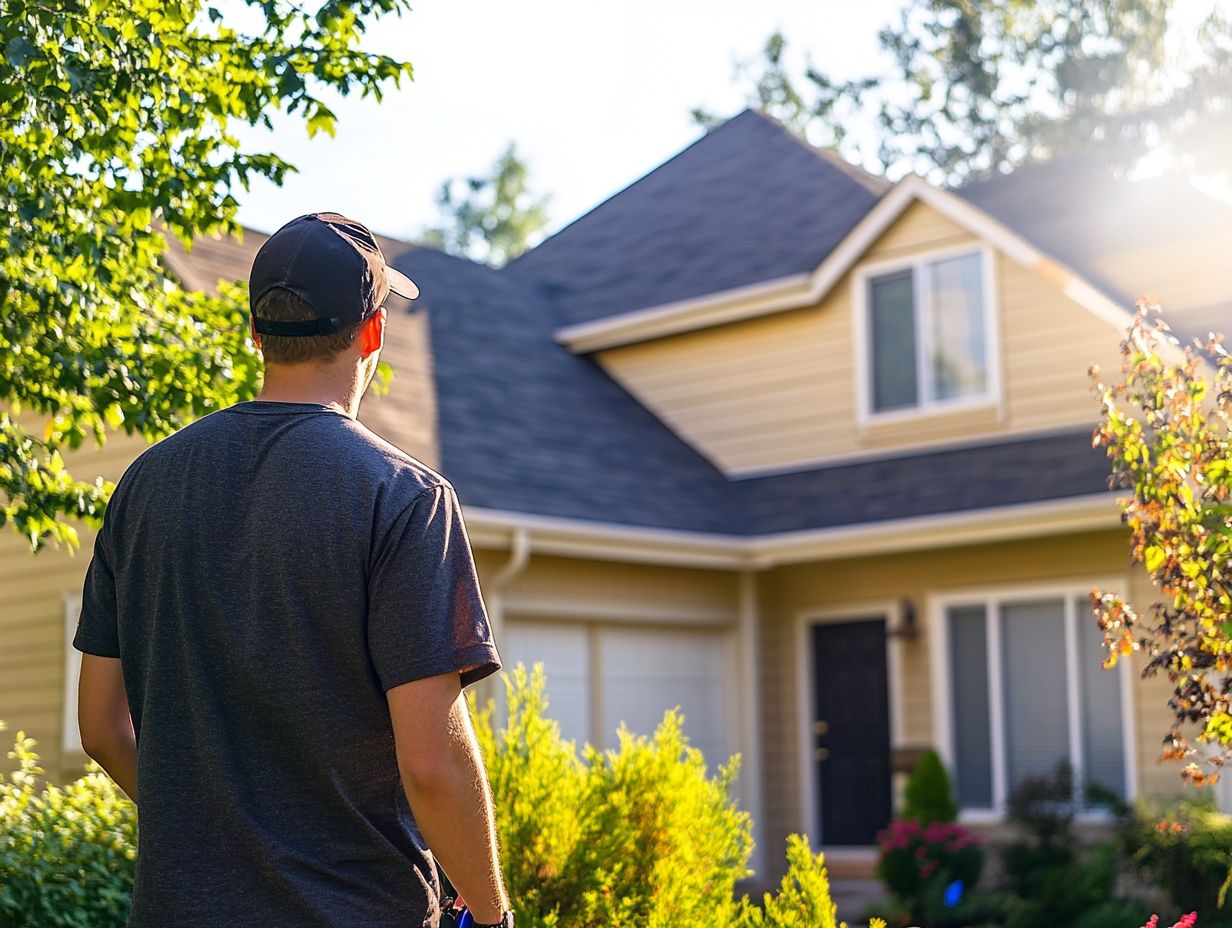
Assessing your home and property is an essential step in determining your homeowners insurance needs. This process involves evaluating safety features, property conditions, and various risk factors that could influence your coverage and premium.
A thorough inspection allows you to uncover potential hazards like outdated wiring and faulty plumbing. Addressing these issues enhances your living environment and helps insurance agents tailor coverage options more effectively.
Understanding the specific safety features of your property equips agents to better assess risk levels. This knowledge could lead to lower premiums for you and ensures you re protecting your investment while maximizing financial savings.
Evaluating Your Location and Surroundings
Evaluating your location and surroundings is essential for understanding the unique risks associated with homeowners insurance. This is especially important if you live in areas vulnerable to natural disasters or rising crime rates. Additionally, knowing how to prepare for a home insurance inspection can help you mitigate these risks effectively.
Geographic factors significantly influence insurance premiums. Regions prone to flooding or earthquakes often see increased costs. Living in such areas might mean higher out-of-pocket costs or additional coverage for specific disasters.
Neighborhoods with high crime rates can also affect your insurance quotes. Insurers may raise premiums to reflect the increased risk of theft or vandalism.
Make sure to review your past claims it can save you money! A history of multiple claims in high-risk areas can drive up your premiums, empowering you to make informed financial decisions regarding your coverage.
Mitigating Home Insurance Risks
Mitigating home insurance risks demands your proactive engagement as a homeowner. By implementing preventive measures and committing to regular maintenance, you enhance the safety features of your residence and can explore how to lower your home insurance premium for potential discounts.
Preventive Measures and Home Maintenance
Regular home maintenance and preventive measures are essential strategies to protect your property. These practices not only safeguard your investment but can also qualify you for potential insurance discounts.
Routine tasks like conducting roof inspections allow you to identify and address issues before they turn costly. Regular plumbing checks can prevent significant water damage, avoiding hefty claims.
Upgrading safety features such as modern security systems not only enhances your home s security but can also lead to lower insurance premiums. By prioritizing these proactive steps, you create a safer living environment.
Additional Coverage Options
Extra coverage options are vital for homeowners navigating high-risk environments. This is particularly true when facing challenges such as flood and earthquake risks that standard homeowners insurance often excludes.
Consider exploring extra coverage options that can enhance your existing policy. For example, flood insurance protects against water damage from excessive rain or rising water, while earthquake coverage offers critical protection for seismic events.
If you live in an area susceptible to natural disasters, reviewing these additional coverages is crucial to safeguard your investments and peace of mind. Conducting thorough insurance evaluations helps pinpoint gaps in your current policies.
Don’t wait until it s too late! Schedule your home inspection today to ensure you’re fully covered!
Preparing for Home Insurance Claims
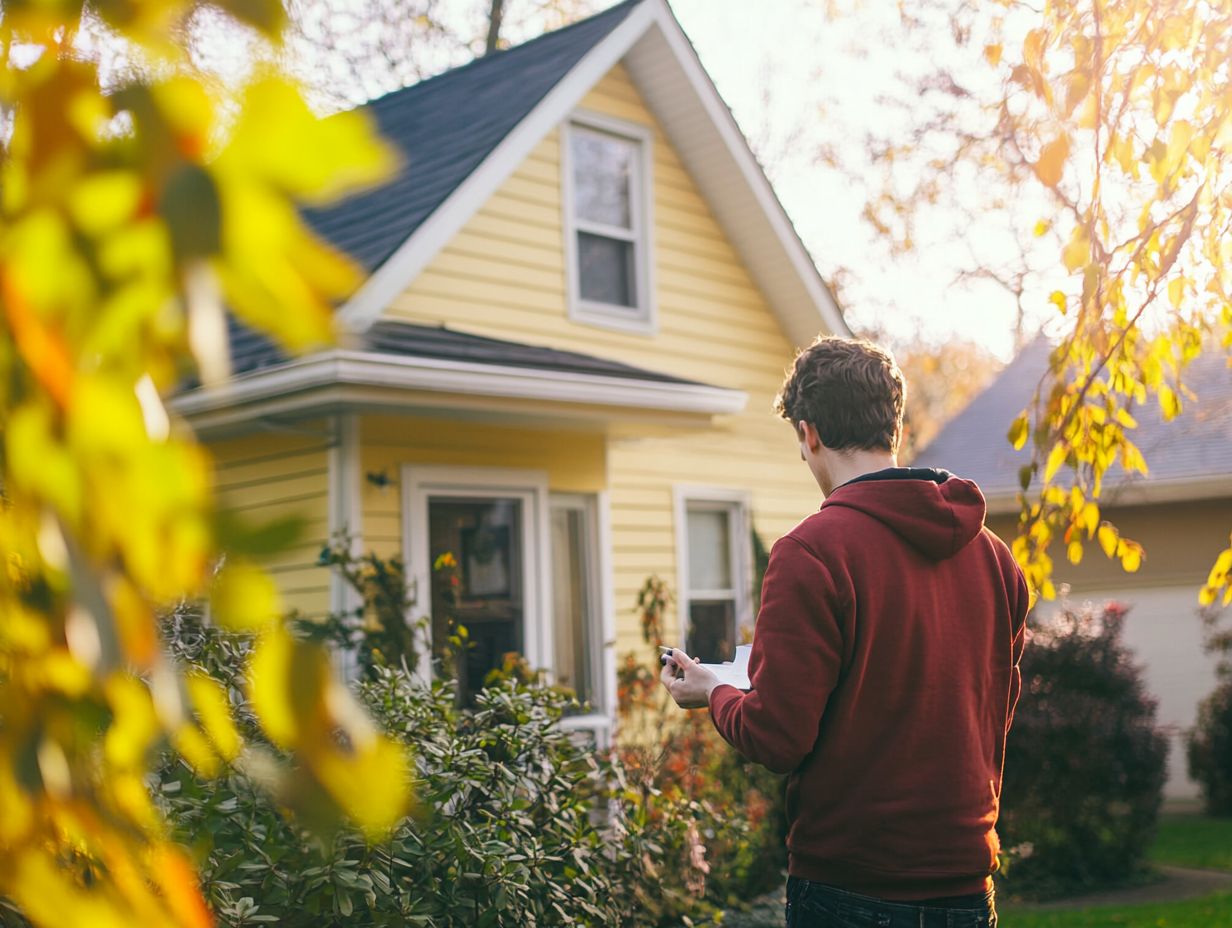
Preparing for home insurance claims is a crucial part of being a responsible homeowner. Understanding the steps can make a huge difference when you need help with your claim.
Knowing what to expect can make securing the support you need during challenging times much easier.
Steps to Take in Case of Damage or Loss
If you experience damage or loss, follow these steps to ensure a smooth claims process:
- Document the damage and notify your insurance provider promptly.
- Take clear photographs of the affected areas; these serve as vital evidence, so capture the damage from various angles to show its full extent.
- Secure your property with temporary repairs to prevent further issues, like leaks or vandalism.
- Keep detailed records of all communications with contractors and your insurance company to streamline the entire process.
- Make sure your insurance documentation is organized and up-to-date.
- This history can significantly expedite your claims process, making it easier to access necessary information when it’s needed most.
Understanding the claims process associated with home insurance is essential for homeowners. It clarifies the necessary steps and timelines involved in filing claims and receiving compensation for damages.
Navigating this often intricate journey begins with reporting a loss, which sets everything in motion. Once you report the incident, it s your responsibility to document the damages meticulously taking photos and keeping thorough records is crucial for a seamless assessment.
The insurance company will assign an adjuster, a professional who evaluates your claim, to scrutinize the evidence you ve submitted. Throughout this process, stay proactive and engaged, ensuring that all necessary information is provided promptly.
By grasping how insurance evaluations work, you can manage your expectations more effectively and advocate for a fair resolution, leading to compensation that truly reflects your loss.
Frequently Asked Questions
Q1: Find out what potential home insurance risks are.
Potential home insurance risks include any events that could damage your home, like natural disasters, theft, or accidents. To mitigate these risks, it’s important to know how to prepare for home insurance inspections.
Q2: Learn how to identify potential home insurance risks.
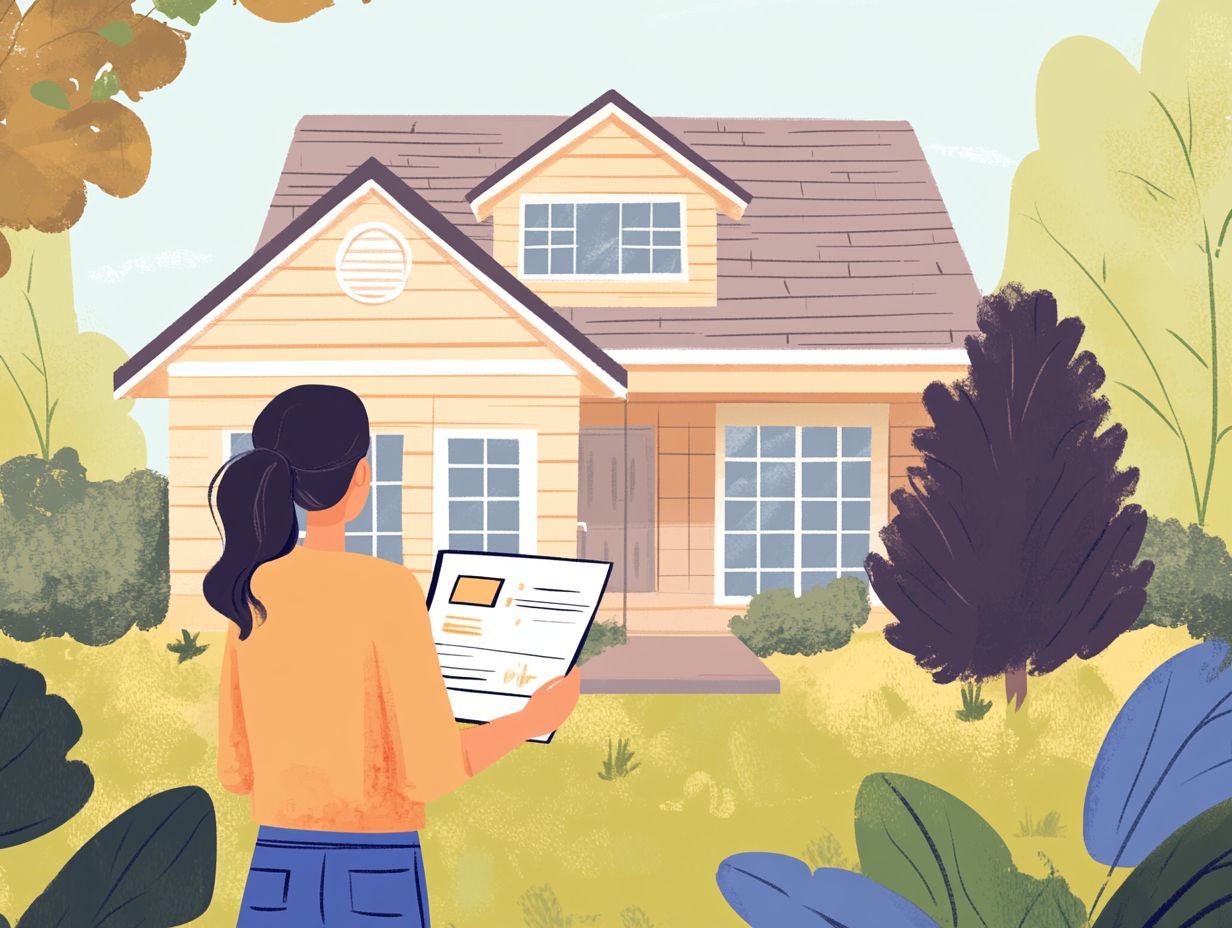
The best way to identify potential home insurance risks is by conducting a thorough inspection of your home and property. Before proceeding, consider what you should do before getting home insurance. Assess the condition of your home, identify potential hazards, and evaluate the likelihood of certain risks occurring.
Q3: Are there common home insurance risks to be aware of?
Yes, common home insurance risks include:
- Fire
- Water damage
- Theft
- Liability claims
Q4: Can I rely on my home insurance policy to cover all potential risks?
Not all home insurance policies cover the same risks, and some may have exclusions for certain types of damage. Review your policy carefully and speak with your insurance provider to understand what is and isn’t covered.
Q5: What steps can I take to minimize potential home insurance risks?
To minimize potential home insurance risks, consider:
- Installing security systems
- Maintaining your property
- Being aware of any potential hazards
You may also want to consider adding extra coverage for specific risks that may not be included in your standard policy.
In conclusion, staying informed and proactive about home insurance can protect you from unexpected challenges and ensure a smoother claims process.
Q6: How often should I review my home insurance policy for potential risks?
It’s a good idea to review your home insurance policy once a year.
Also, update it whenever there are big changes in your home or property. This helps keep your protection up to date.
Don’t wait! Make sure your home is fully protected against any risks.
